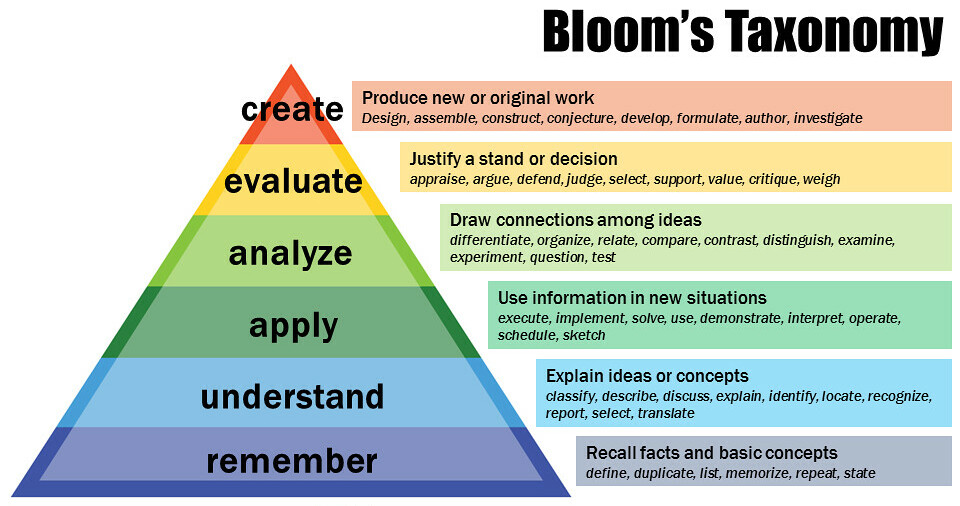Clear learning objectives are critical for creating an effective learning environment for students (Allen, 2016; Smith, 2021). They provide students with a roadmap of what is expected, allowing them to focus their efforts and stay motivated. Well-defined objectives also help instructors align their teaching methods, assessments, and course content to support student success (Jones, 2022).
Course Learning Outcomes vs. Learning Objectives
Course Learning Outcomes (CLOs) are specific statements that describe what students are expected to know, be able to do, or value by the end of a course. They are broader and focus on the end goals of the course.
Examples:
By the end of the course, students will be able to analyze complex business cases and develop strategic solutions.
By the end of this course, students will demonstrate proficiency in conducting scientific experiments and interpreting data.
Learning Objectives are more specific and detailed than CLOs. They describe the intended results of instruction, focusing on what will be covered in individual lessons or modules. Learning Objectives should be tied to Course Learning Outcomes for full alignment in a course.
Examples:
At the end of this module, students will be able to define key marketing concepts such as segmentation, targeting, and positioning.
By the end of the lesson, students will be able to solve quadratic equations using the quadratic formula.
Overview of Bloom's Taxonomy
When writing learning objectives, it's important to use specific, measurable language that describes observable behaviors students should be able to demonstrate (Mager, 1997). For example, instead of vague terms like "understand" or "know," objectives should use action verbs like "identify," "analyze," or "evaluate". This specificity enables both students and instructors to clearly gauge progress toward learning goals (Chatterjee & Corral, 2017).

By Vanderbilt University Center for Teaching - https://www.flickr.com/photos/vandycft/29428436431, CC BY 2.0, https://commons.wikimedia.org/w/index.php?curid=96306577
The levels of Bloom’s Taxonomy (revised) are:
Remembering: The ability to recall facts and basic concepts.
Example: List the seven continents.
Understanding: The ability to explain ideas or concepts.
Example: Summarize the main events of World War II.
Applying: The ability to use information in new situations.
Example: Solve a math problem using a given formula.
Analyzing: The ability to draw connections among ideas.
Example: Compare and contrast different theories of psychology.
Evaluating: The ability to justify a decision or course of action.
Example: Critique a research paper for its methodology.
Creating: The ability to produce new or original work.
Example: Design an experiment to test a hypothesis.
These levels help educators design curriculum and assessments that foster higher-order thinking skills, moving beyond mere memorization to deeper understanding and application.
Ultimately, clear learning objectives benefit both students and instructors by providing structure, focus, and alignment throughout the learning process. They form the foundation for effective course design and help ensure that teaching activities and assessments are working together to achieve desired learning outcomes (Allen, 2016; Smith, 2021).
GPT 4o Omni and Perplexity AI contributed to this report.
References:
Allen, M. (2016). Leaving ADDIE for SAM: An innovative approach to instructional design. ASTD Press.
Chatterjee, D., & Corral, J. (2017). How to write well-constructed student learning outcomes. UIC Center for the Advancement of Teaching Excellence.
Jones, A. (2022). Balancing speed and quality in instructional design: Insights from implementing SAM. Instructional Design Quarterly, 5(1), 23-34.
Mager, R. F. (1997). Preparing instructional objectives: A critical tool in the development of effective instruction (3rd ed.). Center for Effective Performance.
Smith, J. (2021). The advantages and challenges of agile instructional design: An exploration of SAM. Journal of Educational Technology, 45(3), 167-182.
